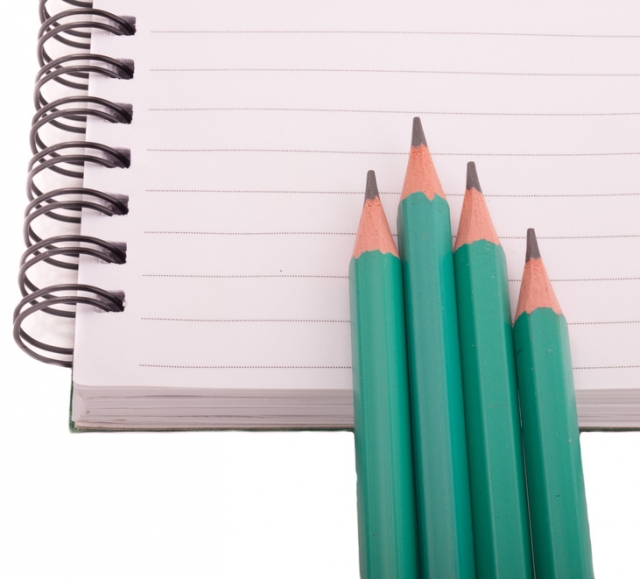Taking Notes at A-Level History
Student Guides

How do I make sure that my notes will help me to revise?
A-Level History is not just about taking notes - but as with any subject you study at A-Level, there are some notes to keep. Here are some general common sense reminders about keeping notes, which may seem obvious - but you would be surprised how many people don't take their own advice! It goes without saying that the most important thing is to keep your notes in a way that is easy and comfortable to you.
1. Keep your notes in whatever style you prefer - this might be hand-written in a folder of some kind, or you may prefer to type and print them out, you may like to keep audio sound recordings of lessons or you may prefer to have paperless notes and store them electronically, but if you do this, don't forget to back them up.
2. Don't take down every word. Remember, A-level is about explaining, analyzing, looking for evidence and justifying your answer. It is not about long, waffly descriptions. Try to summarise or use abbreviations that you understand.
3. Use mind maps, tables, spider diagrams or pictures if you prefer. Some people find that they remember their notes far better if they do this - why not try experimenting with a few different ways of taking notes until you find the one that suits you best.
4. Your notes must make sense in a few months' time when you revise so:
- However you choose to take your notes, try to keep them organized into topic headings;
- Emphasise headings and key words
- Date all your notes so that if electronic files get lost or paper notes fall out, you can piece them back together.
- Use a system that you understand and that will still make sense to you after several months.
- Keep a glossary of key words, abbreviations and images so that if you do forget something, you can look up what you meant!
For loose-leaf and binder:
- Your notes will be very easy to keep organized. Adding dividers to your binder will make things simple as you can keep the table of contents updated directly on the divider.
- Invest in a hole-punch for handouts. This way your methods of organizing are uniform. It will also be easier to flip through hole-punched papers than dig through a folder.
- Colour-coding is never a bad idea. Match the colour of the divider with the same colour highlighter for every section and be consistent. Then, if a piece of paper falls out, between your table of contents and the colour, putting it back in the right place will be simple.
For laptops:
- Much of the work is done for you on a computer since the date and page numbers can be automatically sorted and folders easily created. Therefore, there is no excuse to be disorganized!
- Try to establish a main folder for History and then sub-folders for your different topics.
- Make sure that you save your documents to your electronic folder straight away to avoid confusion and getting your notes out of order.
- You might also want to consider labelling your lessons as A, B, C as well as giving them a subject matter heading as many computers will store files alphabetically as opposed to date order. That way, your files should appear in the order they were created.
- If your notes involve hyperlinks, don't forget to make sure that they will still be operational when you come to revise. There is nothing worse than re-visiting an important hyperlink months later only to discover that it has expired.

